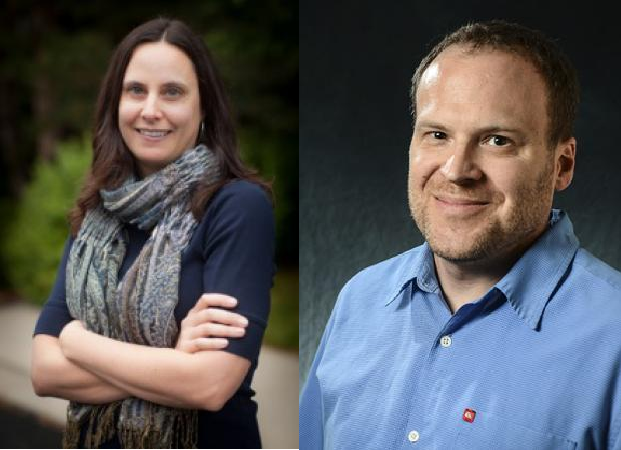University of Colorado Boulder doctoral candidate Adenife Modile, who studies fertility and maternal health worldwide, travels to Tanzania this month as a Population Reference Bureau fellow. His aim, in the long term, is disrupting the assumption that “having lots of kids is what we do.”
The summit in Dar es Salaam, Tanzania, is the first stage of the Policy Communications Fellows Program, a one-year fellowship designed to help researchers like Modile better understand how their research can inform social policy.One of 10 people from seven countries selected for the fellowship, Modile wants to influence public policy to disrupt cultural norms that encourage high fertility rates.
Modile explores fertility trends by analyzing data sets from more than 200 countries. He has researched the effects of origin family size, availability of natural resources, father involvement and racism on “fertility intentions” and maternal health in African countries and the United States. In Madagascar, he researched the variability of women’s fertility intentions, or how many children a woman wants to have, from region to region, analyzing the effects of natural obstacles and barriers on women’s healthcare.
“Our study found that higher levels of local natural resources are associated with lower desired family size. In other words, scarcity is linked to higher desired fertility,” Modile says. One explanation for this may be that children provide necessary labor in regions with limited resources and challenging livelihoods.
Furthermore, women who experience more seasonal variation in resource availability tend to have lower fertility intentions, indicating that “children’s labor may be particularly important in regions with consistent availability of natural capital,” Modile says.
In Nigeria, he studied the relationship between a woman’s nuclear family size as a child and her ideal family size when she grows up: what Modile calls “intergenerational transmissions of fertility intentions.” He has found that origin family size is linked with one's ideal number of children. This means that a woman with five siblings is slightly more likely than a woman with two siblings to report five children as her ideal number of children.
But Modile wonders whether women consistently report their actual ideal numbers, and how husbands influence those reported numbers. “Is this [survey] a true measure of a woman’s wish?” he asks. “What’s the role of men in childbearing intentions?”
Modile also wants to examine the role of men in women’s healthcare. He sees a need for more cutting-edge quantitative research regarding the role of men in maternal health, especially using under-utilized data sets. “Men act as important social determinants in their partners’ accessing healthcare services. Male involvement is an important factor in improving maternal health and reducing maternal mortality rates,” Modile says.
He wants to know more about the role of men in their partners’ prenatal health care and how “men’s attendance in prenatal care affects fertility outcomes.” Modile’s research in the United States explores racial disparities in life satisfaction and overall health of white women and black women during pregnancy.
Data from the Behavioral Risk Factor Surveillance System suggest that during pregnancy, women generally enjoy increases in life satisfaction, but not equally. Even when controlled for education and income, “non-Hispanic black pregnant women did not really increase to the levels of white women’s life satisfaction.”
Drawing on work by University of Michigan sociology Professor Arline Geronimus, Modile suggests that the cumulative effect of racial disparity and discrimination in everyday interactions dramatically affects the ways in which women think about their health.
He is interested in the ways racial health disparities contribute to this, as well as how these differences relate to birth outcomes. “Everyday racism can create problems in how women think about their living conditions and recreational facilities, which can impact how they rate their physical and mental health,” he says.
Modile plans to use his communications fellowship to influence policy in sub-Saharan African countries and around the globe. His goal is to increase access to reproductive health services, to lower fertility rates globally and to “break the idea that … having lots of kids is what we do.”
This begins with increasing education levels, especially among women, so that women are more involved in decisions beyond the household, Modile says. Yet he is realistic about effecting change in sub-Saharan Africa. “Even when sociologists and health experts see places where things need to change, it can be difficult to get interventions to stick.” Identifying the beneficiaries and stakeholders of these health interventions is one important step.
With good communication between scientists and government officials and by starting in smaller communities, Modile believes he can achieve tangible, lasting results.
This article was originally published by Colorado Arts and Sciences Magazine. You can find the original atricle in its entirety here.







